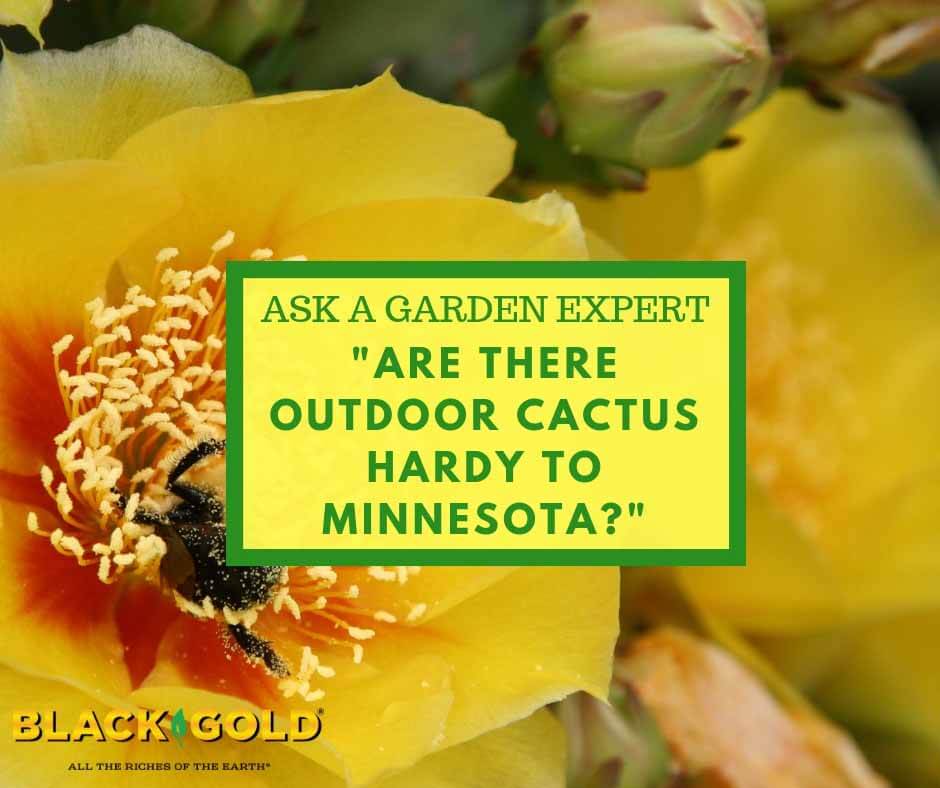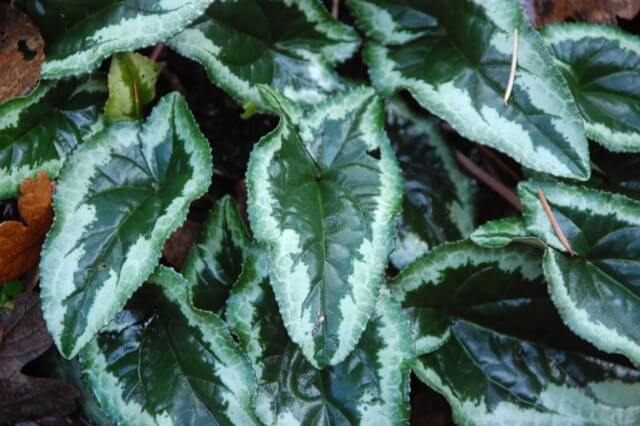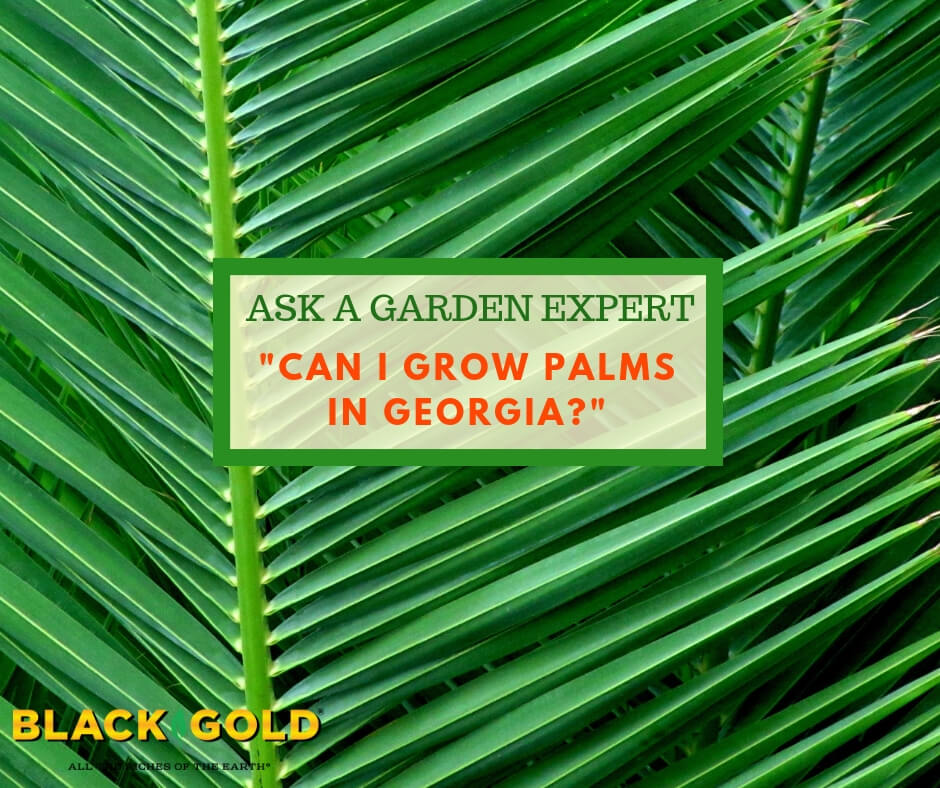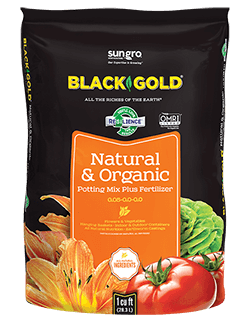
“Can potatoes survive in the ground if they are not harvested when the above-ground foliage is removed? If yes, how long will they last?” Question from Ed or Coats, North Carolina
Answer: It’s an interesting question. The answer is yes and no. Potatoes (Solanum tuberosum) are perennial plants and some cultivated potatoes can be quite hardy. The ability of cultivated forms to survive winter cold depends on the variety (there are over 4,000 known types), but most will not withstand hard freezes. And, you would not want to eat the tubers from plants touched by frost. They quickly become sickeningly sweet and inedible.
Another point is that potatoes are notoriously susceptible to soil-borne diseases, and need to be rotated yearly for the best production. Proper cultivation from seed potatoes to harvest takes work. Potato rows must be hilled and amended with organic matter (Black Gold Garden Compost Blend is a great choice of amendment) to keep the soil light and fertile for superior potato development. Fresh seed potatoes planted in newly plowed hills will grow best and yield tubers by early, mid, or late summer, depending on the variety. At harvest time, all the tubers should be removed from the soil to eliminate any potentially diseased potatoes. Legumes or a green manure crop should follow the rotation cycle.
With that said, those living further South, like you, can potentially grow potatoes as perennial crops for a limited period of time. Because it’s not done or recommended in practice, I cannot say how long they would survive and yield for you. Yukon Gold is a common, hardier variety (USDA Hardiness Zones 3-9) that may be worth experimenting with if you want to give it a try. Let us know how it works out for you.
Happy gardening,
Jessie Keith
Black Gold Horticulturist





 Sago Palm Tree (Cycas revoluta): Though not a true palm, this c
Sago Palm Tree (Cycas revoluta): Though not a true palm, this c